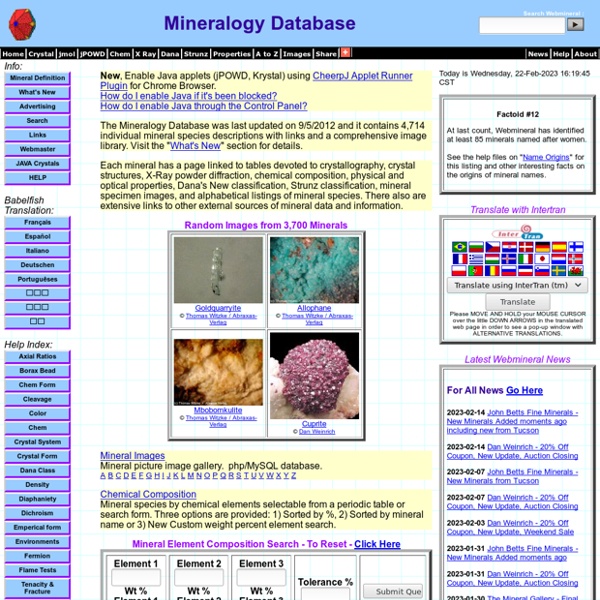



Royal Society of Chemistry | Advancing the Chemical Sciences vasp documentation The VASP Manual The online VASP manual is a lengthy document generated with latex2html. If you're one of those die-hards that like real paper you might prefer to get a pdf copy of the manual. Recently, we started a wiki, that in future will replace the online manual completely. VASP Workshop Lectures In 2003 we organized a VASP workshop. More recently the CSC-IT Center for Science Ltd. in Espoo, Finland, organized two VASP workshops (2006/2009). Technical Support Technical support is offered as a courtesy only (not as a contractual service). The Elements Revealed: An Interactive Periodic Table In the October 2011 issue of Scientific American, we celebrate the International Year of Chemistry. Learn more about its impact on our daily lives in our Special Report. UPDATED: 06/18/2013 In honor of the 2013 Lindau meeting, which focuses on chemistry, we have updated our interactive periodic table with links to Nature Chemistry's In Your Element essay series. Each essay tells the story of a particular element, often describing its discovery, history and eventual uses. Main Sources & More to Explore: The Poisoner’s Handbook: Murder and the Birth of Forensic Medicine in Jazz Age New York. Interactive by Krista Fuentes Davide Castelvecchi Davide Castelvecchi is a freelance science writer based in Rome and a contributing editor for Scientific American magazine.
Scripts - Vasp Tools - Chem & Biochem - UT Austin This script sums up the atomic projected DOS over some group of atoms, and then calculates the center of the specific band using a weighted average. The default is set to calcualted the center for the whole band. However, it can also consider DOS within a user specified range by using the optional "w=" or "e=" flag. By using "e=emin,emax" flag, only the states in ranger [emin,emax] are considered. By using "w=" flag, the script finds a half width for the band at half the max height and, based on the number following w= , calculates a weighted average within the limits of that many half widths at half height from the center. If no orbital flag is specified, the script analyzes the d-band. Note: the split_dos.ksh script should be run first to get the resulting new files labeled as DOS1, DOS2, ..., DOSN,where N is the number of atoms in the unit cell.
ChemWiki: The Dynamic Chemistry Textbook - ChemWiki ICSD Matter & Energy | Matter & Energy